Search
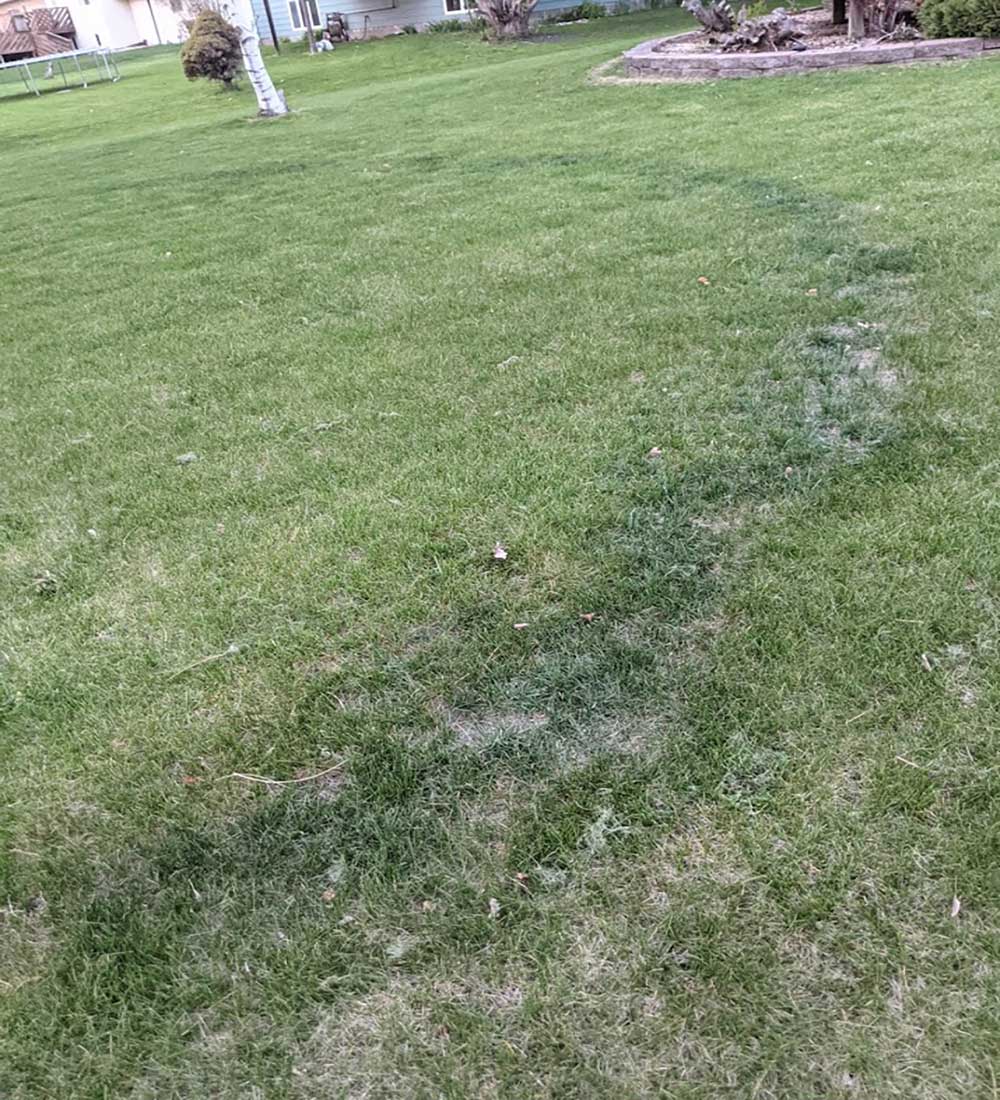
Fairy Rings in Lawns
Seeing greener grass in circular pattern in your lawn? This is not due to uneven fertilizer application, but rather due to a fungi feeding on decomposing matter and releasing nitrogen in the affected areas.
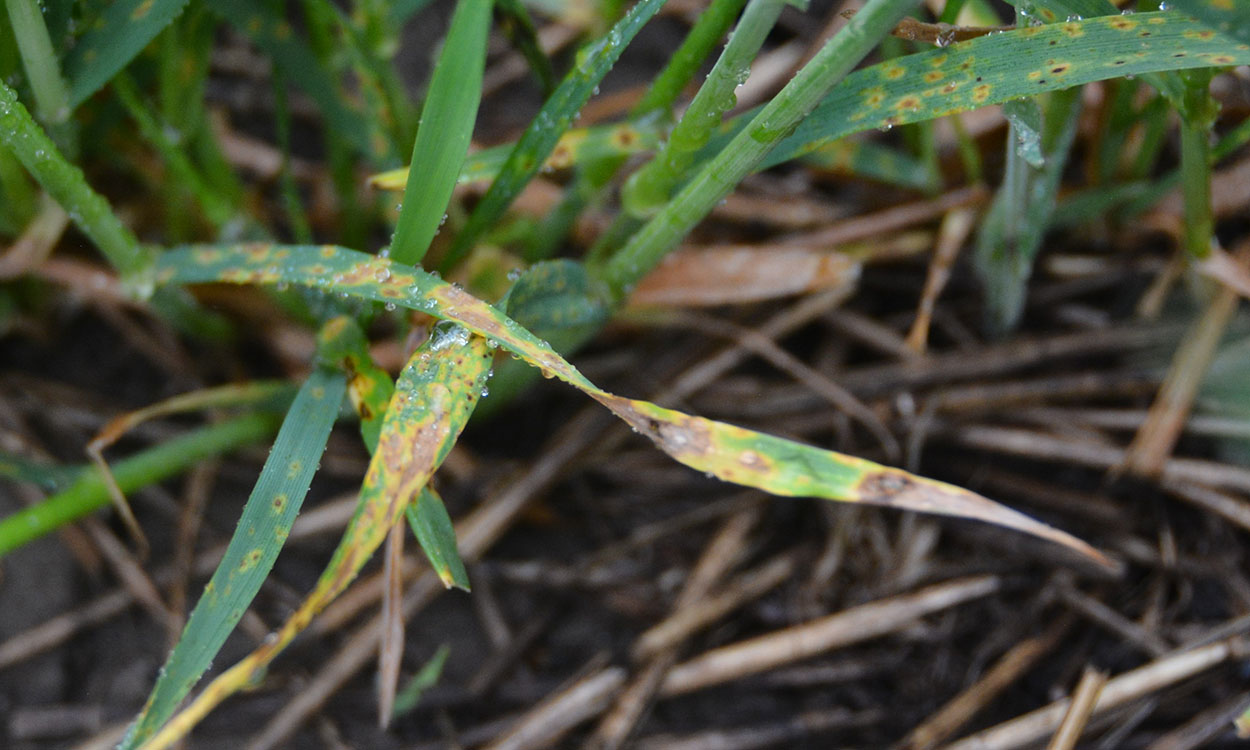
Scout for Tan Spot in Winter Wheat
Tan spot was observed in a few winter wheat fields scouted recently. It is important to scout winter wheat for tan spot and other early diseases developing before deciding to apply an early-season fungicide tank mixed with herbicide.
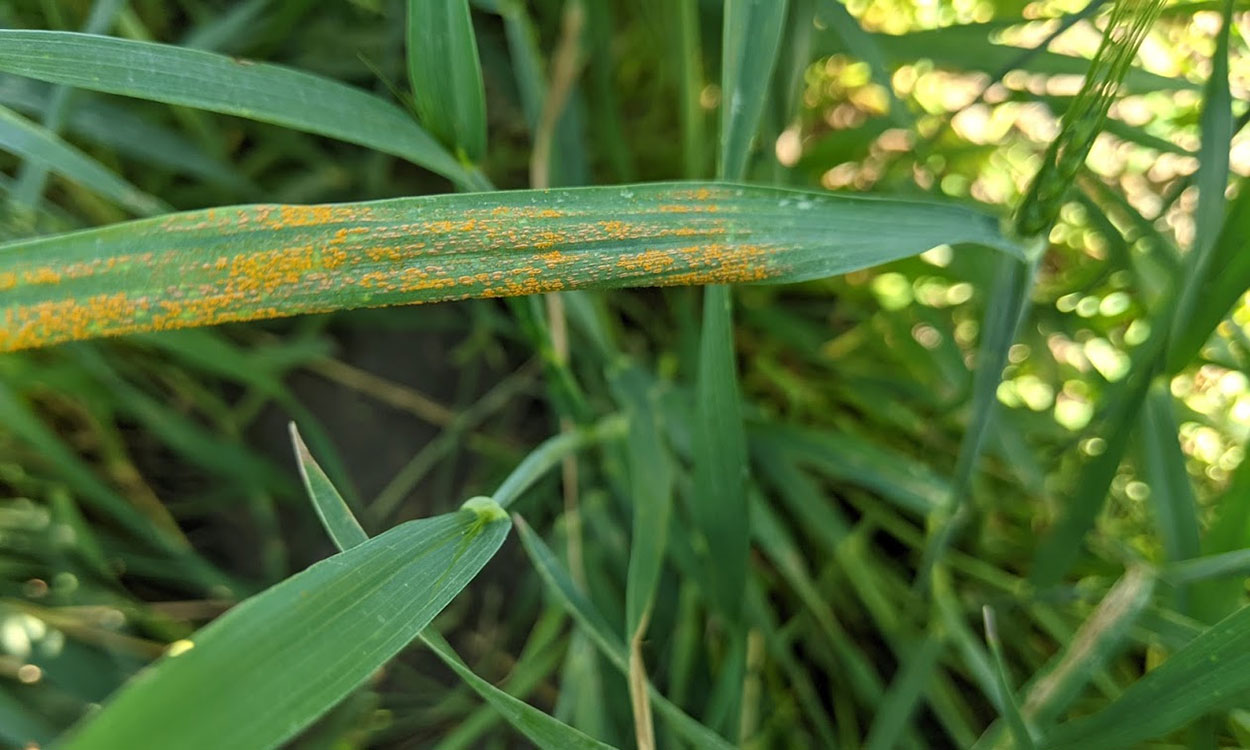
Stripe Rust Starting To Develop in Winter Wheat
Stripe rust was found in a few winter wheat fields scouted this week. The presence of a few plants with stripe rust indicates there is inoculum of this pathogen in the state.
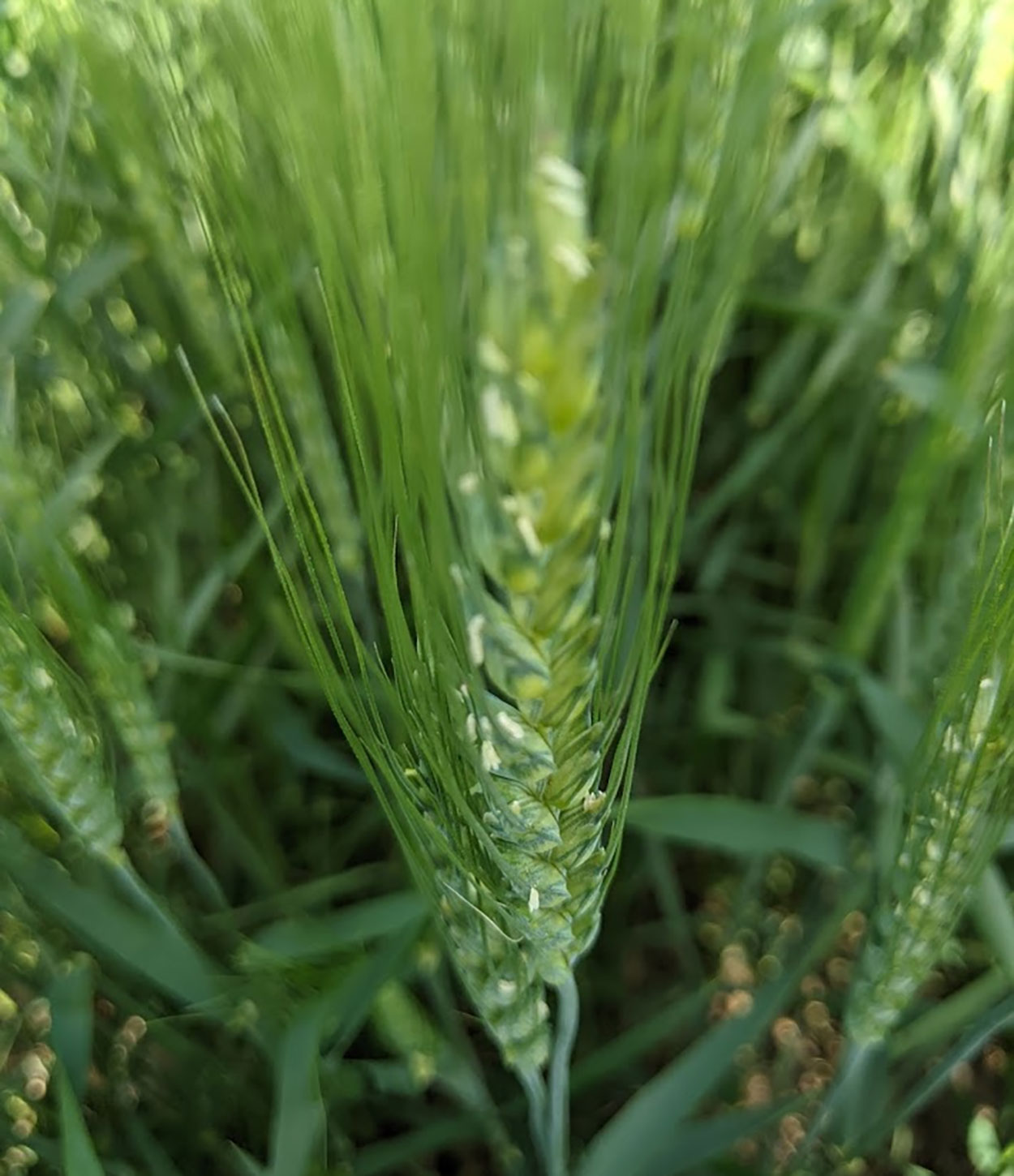
Use Fusarium Head Blight Risk Prediction Tools for Better Disease Management
Winter wheat has reached the flowering growth stage, which is a time of high risk for Fusarium head blight. By using disease prediction tools correctly, a producer can protect wheat from infection by applying a timely fungicide when the tools show moderate to high risk.
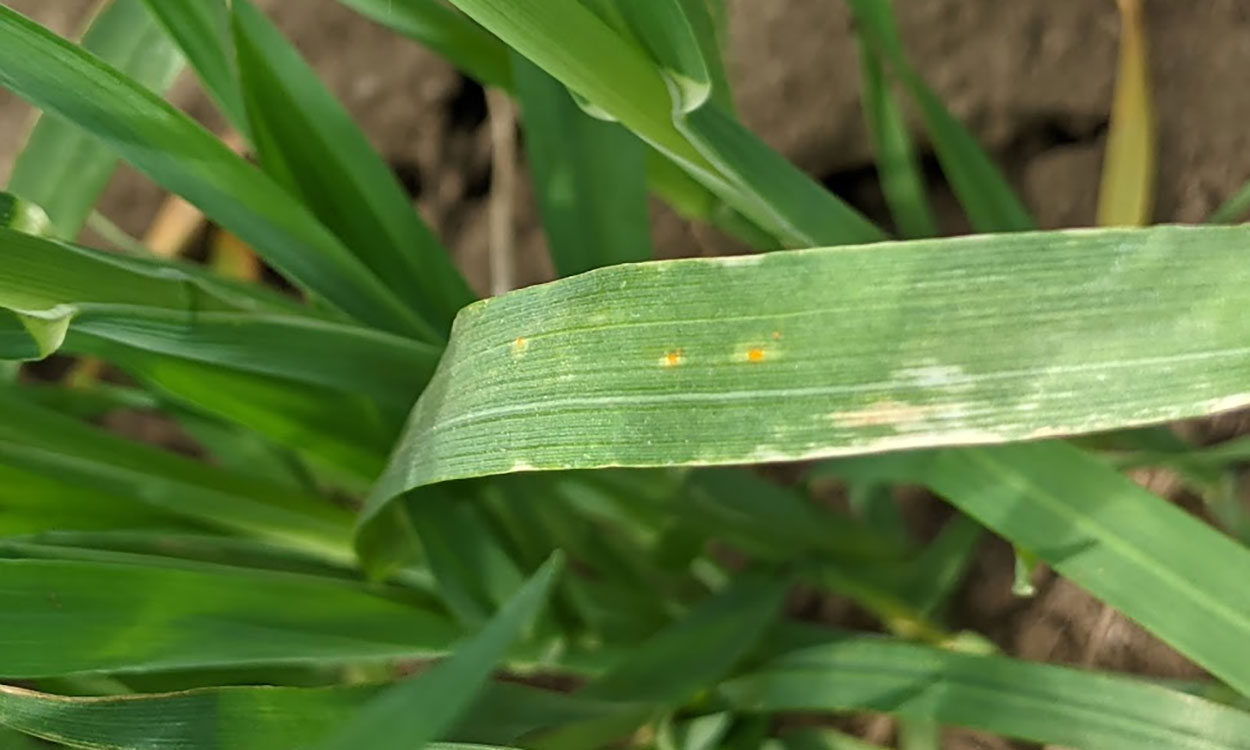
Oat Crown Rust Risk Low This Year
Oat fields recently scouted were found with very low levels of crown rust. This is primarily due to warm and dry weather conditions that we are currently experiencing.
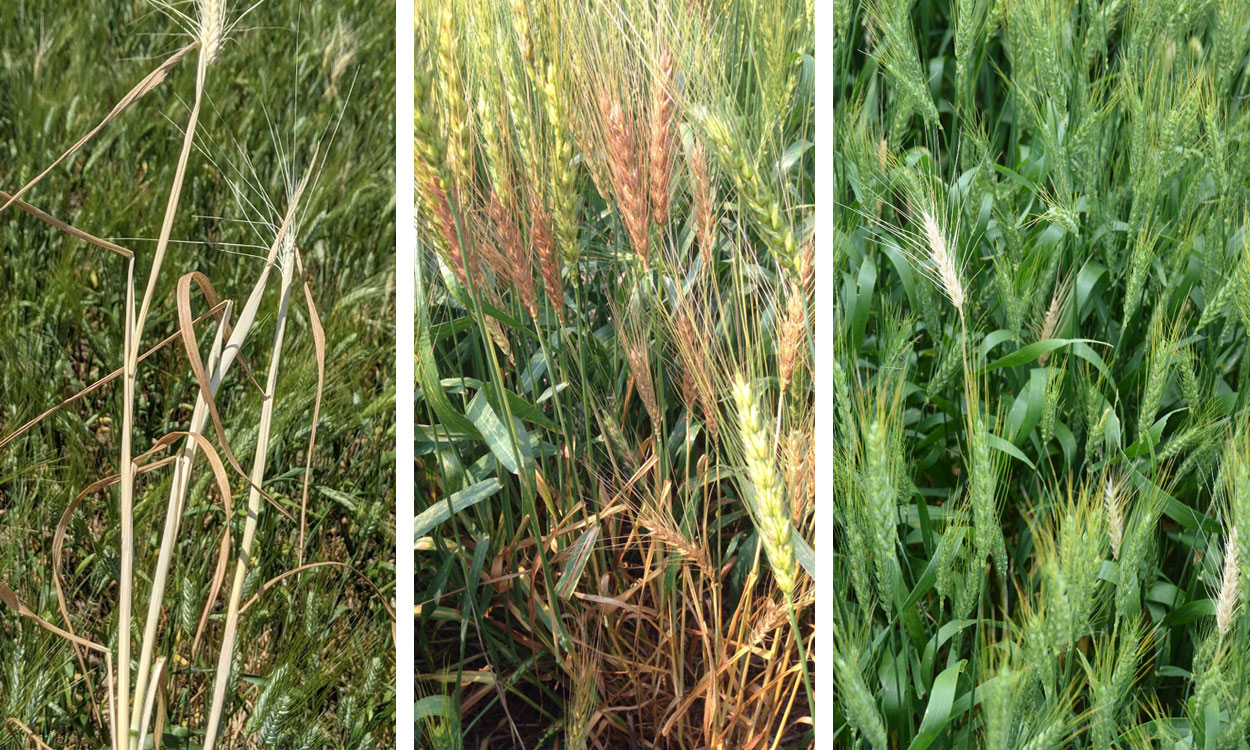
Differentiating Between Wheat Head Diseases and Disorders
Several diseases and disorders can develop in wheat heads. Learn the symptoms of several common disease and insect issues being observed in South Dakota wheat this growing season.
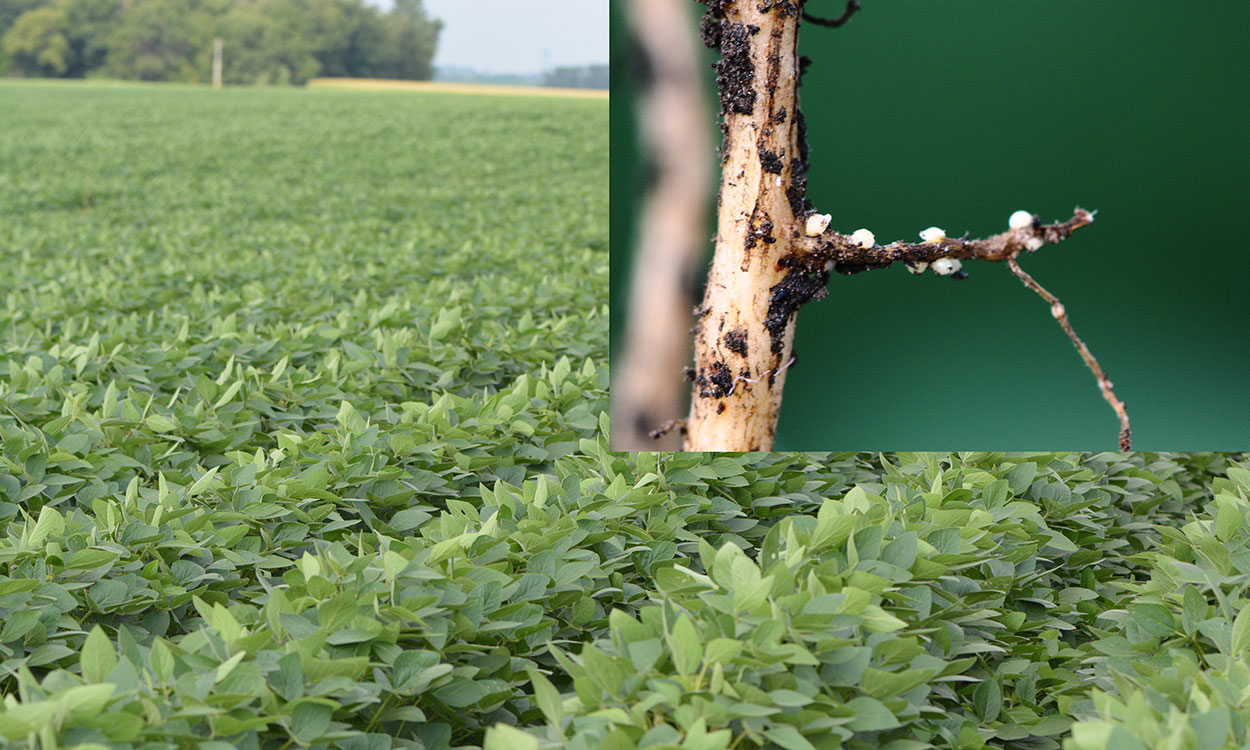
Drought Conditions May Increase Soybean Cyst Nematode Population in Soil
Moisture stress coupled with above-normal temperatures have been linked with increased soybean cyst nematode populations in the soil. In order to keep populations in the soil below the yield-reducing levels, there are a few management practices which can be used.
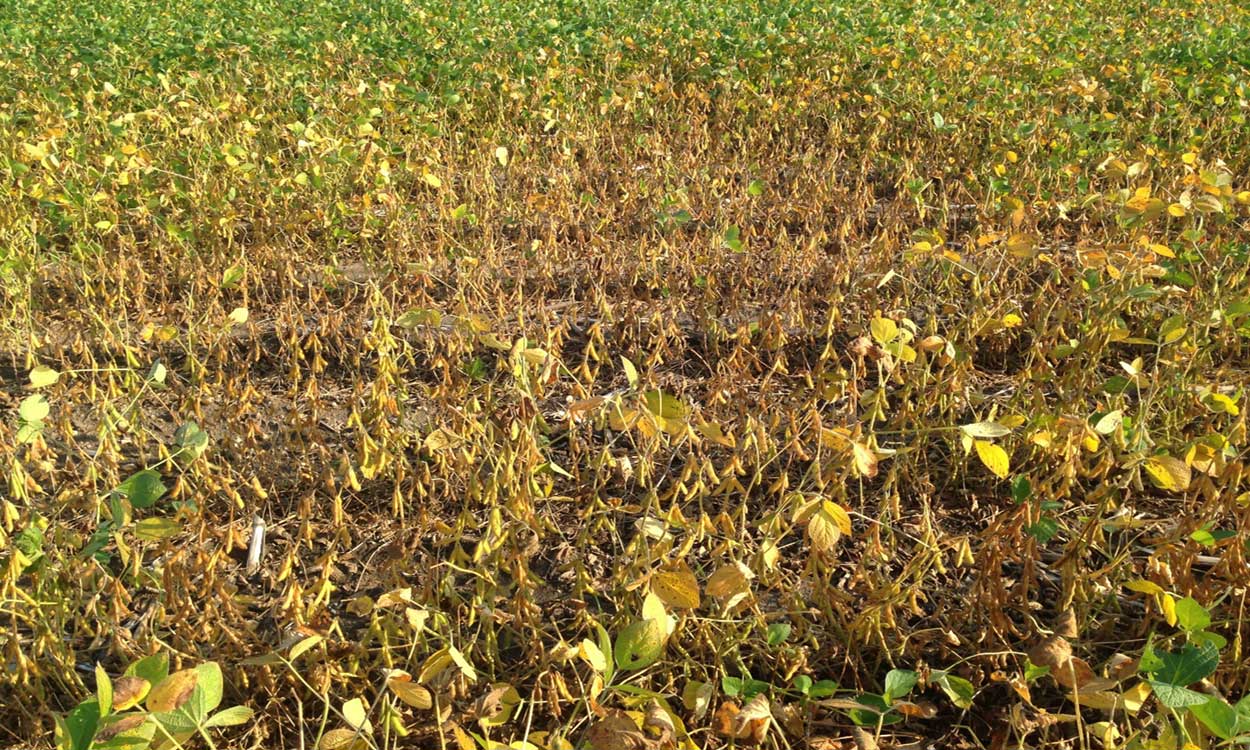
Scout for Charcoal Rot in Early Senescing Parts of the Field
The drought conditions in the past few weeks have led to some soybean fields senescing early. However, some of the early senescing may be due charcoal rot.

HG Type Testing: A Management Strategy for Soybean Cyst Nematode Control
Have you noticed lower soybean yielding areas in your field? Soybean cyst nematode may be to blame. Fall, and especially after soybean harvest, is the best time to sample soil and have it tested for soybean cyst nematode.

Wet Weather Leads to Tomato Problems
Most of the questions that have been coming in lately, and also earlier this summer, relate to tomato problems. Despite early predictions that this summer was going to be dry, many areas have received above average rainfall with many parts of South Dakota far exceeding typical rainfall amounts in the month of August. Many gardeners received 5 to 8” of rain or more in the first three weeks of August alone.